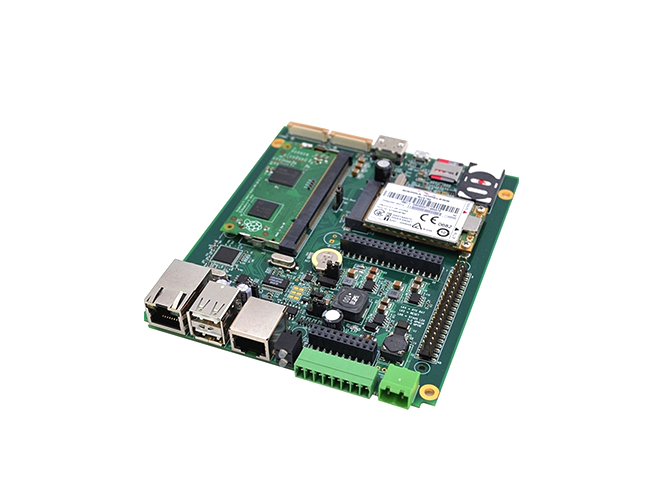-
CN
-
Service Hotline
+8618129931046 Mr. Liao


Time:2025-05-09 Views:1

PCBA (Printed Circuit Board Assembly) testing is a crucial step in the manufacturing process of electronic products. It ensures that the assembled printed circuit board functions correctly and meets the required specifications. The main goal of PCBA testing is to identify any defects or malfunctions early in the production cycle, reducing the cost of rework and improving overall product quality.
There are several types of PCBA testing. Functional testing is one of the most important methods. It involves applying a set of input signals to the PCBA and measuring the output to verify that the board performs its intended functions. For example, in a mobile phone PCBA, functional testing would check features such as call making, screen display, and camera operation.
In - circuit testing (ICT) is another common approach. ICT uses a bed - of - nails fixture to make electrical contact with specific test points on the PCBA. It can quickly detect faults such as short circuits, open circuits, and component value deviations. This type of testing is highly automated and can provide detailed information about the electrical characteristics of individual components on the board.
Boundary - scan testing is also widely used, especially for complex PCBs with high - density components. It takes advantage of the built - in test capabilities of some integrated circuits (ICs). By using a standardized interface, boundary - scan testing can test the interconnections between components and detect faults without the need for physical access to every component.
Another important aspect of PCBA testing is environmental testing. This includes subjecting the PCBA to different temperature, humidity, and vibration conditions to ensure its reliability under real - world operating conditions. For example, a PCBA used in automotive applications may need to withstand extreme temperatures and vibrations.
Overall, a comprehensive PCBA testing process is essential for ensuring the quality and reliability of electronic products, from consumer electronics to industrial equipment.